A complete checklist for Irish drivers covering weekly checks, legal documents, safety kit, and NCT preparation.
In Ireland, all cars over four years old must pass the National Car Test (NCT) to stay roadworthy
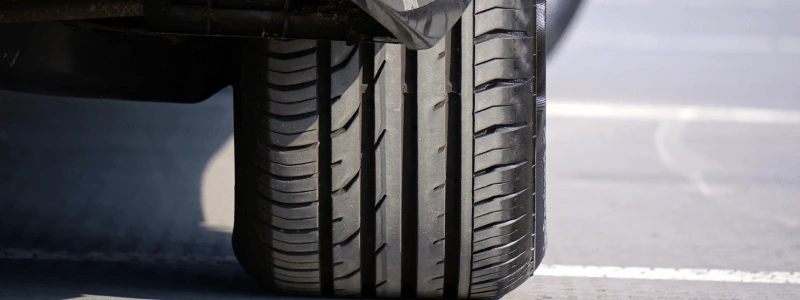
Tyre Safety Checks
Summary: According to the Road Safety Authority (RSA), pressure, tread depth, and tyre condition must meet specific safety standards.
What to check:
- Pressure: set to the value in the door frame, fuel cap, or manual.
- Tread: legal minimum 1.6 mm; consider replacement at 3 mm.
- Condition: look for cuts, bulges, uneven wear, or visible cords.
Quick method:
Use a coin or depth gauge for tread and a forecourt inflator for pressure.
In winter, check tyre tread depth and battery condition more frequently.
Get Car Finance Today
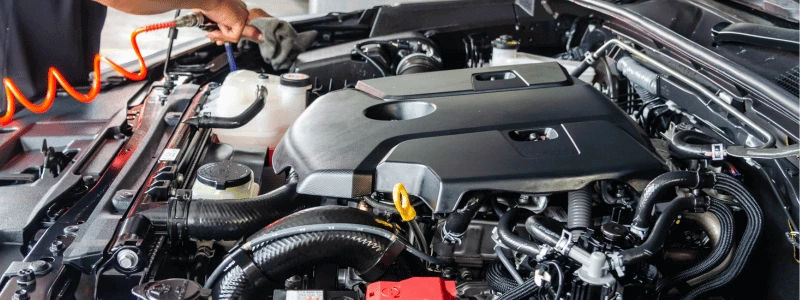
Fluid and Oil Checks
Summary: Keep engine oil, coolant, brake fluid, and screen wash between minimum and maximum marks.
How to check:
- Engine oil: use the dipstick on level ground with a cold engine.
- Coolant and brake fluid: top up only with the grade shown in your manual.
- Screen wash: fill the reservoir and test the jets.
- Leaks: look under the car after starting the engine.
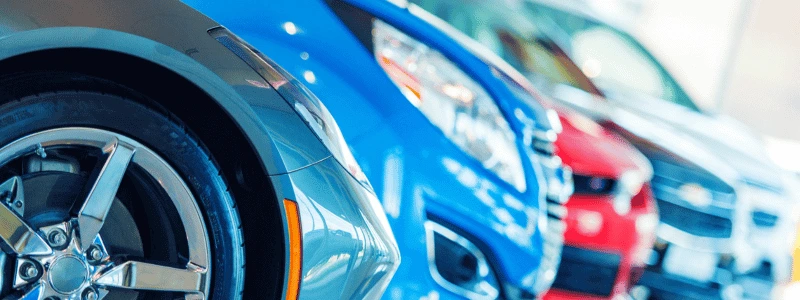
Visibility and Windscreen Care
Summary: Clear vision is essential for safety and your NCT pass.
Actions:
- Clean windows and mirrors inside and out.
- Replace wiper blades that smear or skip.
- Repair chips and cracks before they spread.
- Align mirrors before setting off.
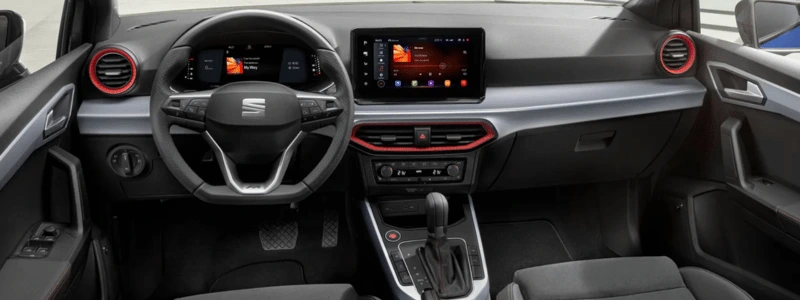
Brake and Steering Safety
Summary: Brakes and steering should feel firm, smooth, and responsive on every drive.
Self-checks:
- Foot brake and parking brake engage without excessive travel.
- No pulling, vibration, or grinding noises under braking.
- Steering tracks straight and turns smoothly with no excess play.
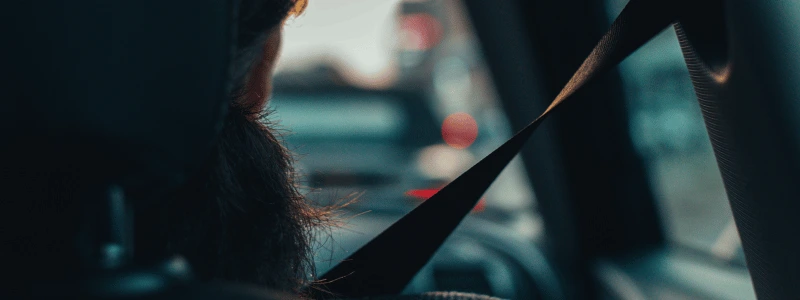
Seatbelts and Interior Safety
Summary: All belts must work correctly and loose items should be secured.
Checklist:
- Inspect belts for frays, cuts, twists, and latch security.
- Secure loose items that could become projectiles.
- Drivers must ensure passengers under 17 are properly restrained.
A Human Approach To Car Finance
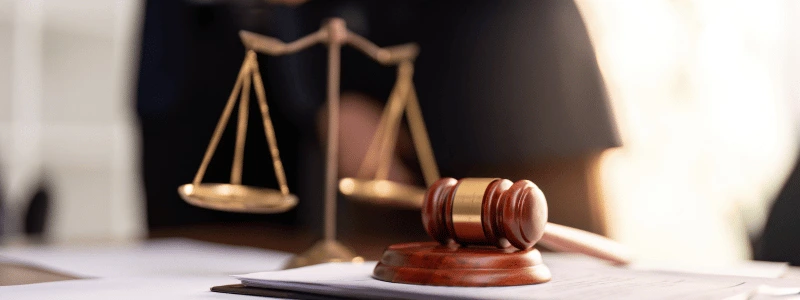
Legal Documents and Irish Requirements
Summary: You must display valid tax, insurance, and NCT discs and carry your driving licence.
Must have:
- Motor tax disc
- Insurance disc
- NCT certificate and disc for cars over four years old
- Driving licence

Safety Equipment to Keep in Your Car
Summary: Carry essentials that help with breakdowns and emergencies.
Recommended items:
- Reflective warning triangle
- First aid kit
- Fire extinguisher
- Spare bulbs and a torch
- High-visibility vest and gloves

Preparing for Your NCT
Summary: Simple steps improve pass rates and speed up your test.
Preparation list:
- Clean the car, including underbody and glass.
- Empty the boot and glovebox for inspector access.
- Set tyre pressures and remove wheel trims if needed.
- Have lights checked and aligned professionally.
- Bring your licence and booking confirmation.
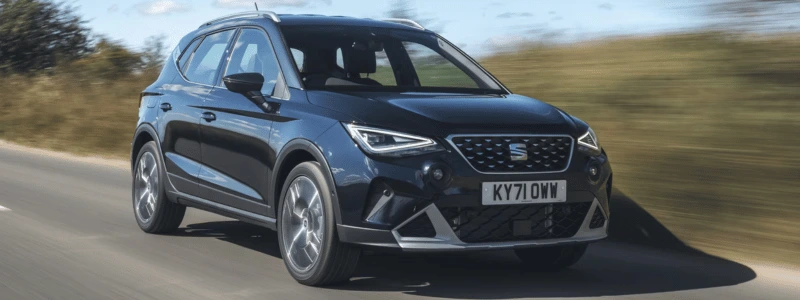
Safe Driving Tips in Ireland
Summary: Good habits reduce risk in all conditions.
- Wear seatbelts and avoid handheld phone use.
- Adjust seat and mirrors before moving off.
- Slow down in wet or foggy weather and increase following distance.
- Take breaks on long journeys and avoid flood water.

Final Checks Before a Long Journey
Summary: Quick pre-drive checks help prevent delays and hazards.
- Fuel level, tyre pressure, and screen wash topped up.
- All lights and indicators working.
- Passengers buckled and safety kit on board.

Frequently Asked Questions
Summary: Short answers to common Irish car safety queries.
What documents must I carry in my car in Ireland?
Display valid tax, insurance, and NCT discs and carry your driving licence.
How often should I check tyres and fluids?
Weekly or before any long journey.
What safety items should I keep in my car?
Warning triangle, first aid kit, fire extinguisher, spare bulbs, torch, and high-visibility vest.
How do I prepare for the NCT?
Clean the car, remove items from the boot and glovebox, set tyre pressures, and have lights aligned.